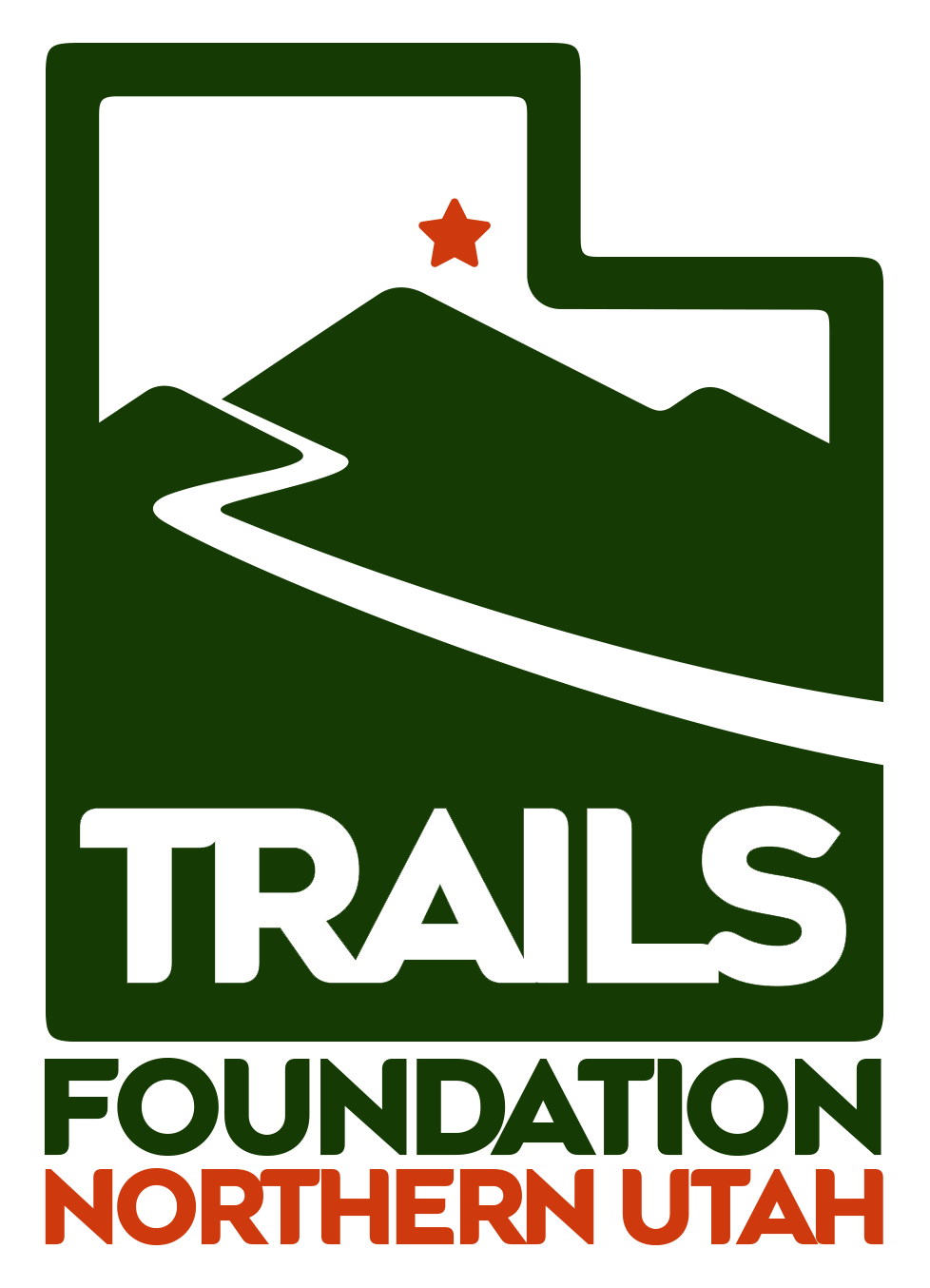ON FOOT
Hike quietly. Speak in low voices and turn your cell phone down or off.
If taking a break, move off the trail a ways so others can pass easily.
Yield to those hiking or biking uphill.
Don’t feed the wildlife.
Leave what you find so others can discover it too.
When relieving yourself outdoors do so at least 200’ from the trail or any water sources. Don’t leave any paper products behind.
Hikers must yield to horses. When encountering horses, greet the riders.
Please clean up after your pets and keep them on a leash.
Leave no trace! Please help keep our trails free of litter.
Please, STAY ON THE TRAILS! Cutting across switchbacks causes unnecessary erosion and maintenance problems. Walk through mud not around it.
ON BICYCLE
Bicyclists must yield to hikers and horses.
Downhill riders must yield to uphill trail users.
Control your speed, so that you can stop when necessary, and be cautious at blind corners.
Call out “Passing on your left (or right)!” when overtaking someone else
Make sure you can hear what’s going on around you.
Avoid muddy trails. The ruts you create ruin the trail surface and make it less safe.
Ride or walk through technical features, not around them.
Ride open, legal trails.
Plan ahead. Know where you’re going, carry what you need for minor repairs, and ride with a partner or share your plan if riding solo.
Mind the animals, research area leash laws, don’t disturb wildlife
ON HORSEBACK
Engage approaching trail users in conversation to reassure your horse, say ‘hay!’ Politely instruct other users to step off the trail to the downhill side.
Select a trail that is appropriate for the least experienced horse and rider in your group.
Know the trail conditions before you go. Avoid wet or muddy trails.
Be courteous to other trail users. Don’t leave a mess at the trail head.
Even though other users should yield to the horse if you are near a suitable place to get off the trail go ahead allow them to pass.
Be aware of your surroundings, watch your horse’s head and ears for clues that something is approaching.
If bringing your dog along know the area leash laws.
PETS ON TRAILS
Trails Foundation supports pet friendly trails and want pets to have safe meaningful hikes. Dog owners should be aware of and comply with the laws and ordinances of the communities the pathways travel through.
Dog and dog owner should be comfortable walking together before embarking on a mountain trail. The mountain is a dangerous venue for training.
Keep the Trail Pet Friendly
Pick up after our dogs – even if the dog does its thing well off the trail, even if it’s a little dog, even if they are miles from a trailhead
Only bring friendly, controllable dogs on the trails and keep our buddy from being a nuisance to others
Be in complete control of our dogs at all times
Remember that people who don’t love dogs or might not want our dogs near them have a right to use the trails unhindered by our animals.
Trail Safety for Dogs
Distractions exist on the trails that may cause even the most obedient dog to ignore the dog owner. Extreme caution should be taken before dogs are turned off leash.
Bring a leash, poop pick-up bags and water.
Dogs should not hike on full stomachs.
Dogs can dehydrate in as little as 30 minutes on a hike. It’s important to have water readily available.
Even in cool weather, dogs can over heat. A heavily panting dog is a signal that it’s time for a break.
Dogs’ foot pads get tougher with use. Shorter hikes may be necessary to build up your dog’s tolerance to rugged paths.
It is imperative that dogs be up to date on vaccines before embarking on a trail journey. A dead bat on the side of the trail could spread rabies to the unprotected sniffer.
Watch out for rattle snakes – even juveniles that may not have rattles yet. If you suspect your dog has been bitten by a rattle snake, calmly and carefully exit the trail and seek veterinary assistance immediately. The urgency is largely determined by the size of the dog and location of the bite, but it is an emergency and the faster you seek out medical care the more likely a better outcome. Dogs absolutely can die from rattlesnake bites





